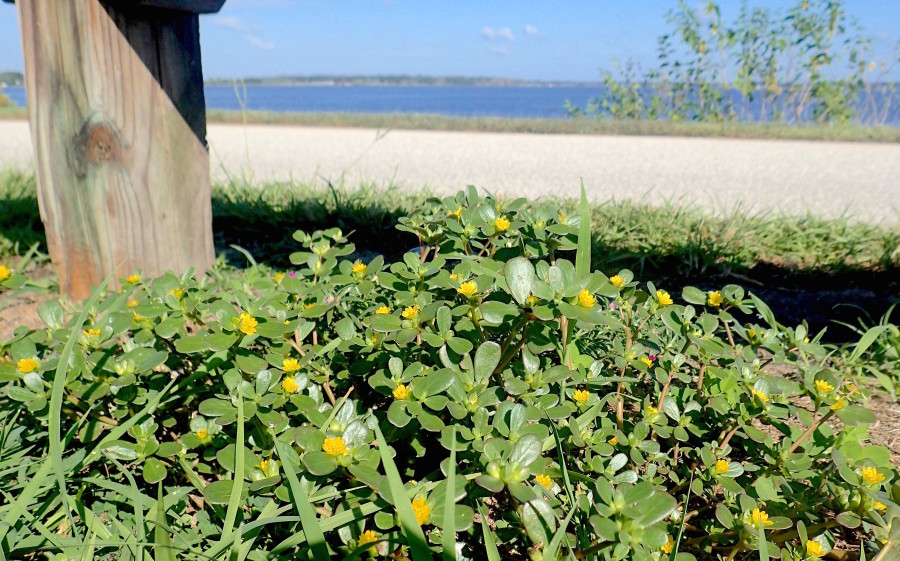
People often say they can’t find Purslane. I have a hard time avoiding it. This clump, along with two non-edible versions, was seen next to a park bench by Lake Minneola in Clermont. Photo by Green Deane
Frost. Do some vegetables and fruit taste better after a frost. Yes, but first let’s talk about frost. There are at least five kinds of frost but for our purposes we are interested in two, advective and radiation.
Advective frost is the minor exception so we’ll visit it first. It happens on windy nights when frost usually doesn’t occur. The conditions have to be just right: A cold front comes through, it’s windy and cloudy and there’s a thick layer of cold air, a mile high or more. Under those conditions there can be a frost. Usually a nightly breeze without a front going through means no frost. The more common kind of frost is radiation.
That frost happens when the sky is clear and the wind calm. With clear skies heat from the earth rises creating an inversion: The warm air goes up and the cold air comes down, perfect conditions for a frost, cold and no breeze. Also know that cold air runs down hill so frost is more likely at the bottom of a hill than in the middle. If the hill is high enough to reach colder air it can have frost at the top as well. Here in Florida one used to be able to see that in freeze-bitten citrus groves. They’d have dead trees on the tops of hill and in the valleys but still live ones on the slopes. Now they are housing developments. Incidentally, wet soil can make the air temperature right above the soil five degrees warmer than dry soil and can hold the temperature until sunrise. You can find your average first and last frost date for your area. Locally late December is the first, mid-February is the last.
Local conditions can moderate frost and freezing temperatures. I planted a Star Fruit tree outside of its range but it grew to produce because it was next to a cement block house and a 25,000 gallon pool. That produced a micro-climate that kept it happy and well, in the back yard. Several attempts to plant mango trees in the front yard, however, failed. Not 30 feet away the front yard is always colder and has frost more often. I’ve noticed that well-established mango trees, planted decades ago when it was warmer in the winter, are alive but they don’t produce much now. Also note it can be warmer in cities because the buildings absorb heat. Many weeds that might get frost-bitten in the countryside can over night well in the city.
As for vegetables some members of the Brassica family, a group that can take cold temperatures, are noticeably less bitter after a frost. This includes Brussel Sprouts, Broccoli, Collard Greens and Kale. Leeks taste better after a cold snap as do Carrots and Celeriac. Swiss Chard, which can be bland, can be more flavorful after a frost. But these are cultivated vegetables. I can’t argue that a wild food like, say Bull Thistle, tastes better after a frost but it is in the fall, just before winter sets in, that the root is at its fattest. The same can be said of many mustard family members as well. I think our winter mustards are milder than their spring versions. With all of that said, what of frost and fruit? The obvious candidate is the Persimmon but apples and grapes can squeak in as well.
You will hear that persimmons are best after a frost but that is more of a coincidence than a meteorological fact. The species of persimmon here in Florida is the same found in northern states. Its fruit ripens soon. Mid-October is considered the average peak of season here which is about two months before any frost or cold weather. The week before or the week of Christmas is our first frost/true cold weather dip. As we don’t have a frost and the persimmons ripen anyway a frost is not necessary to sweeten persimmons. Indeed, the best persimmons are the ones you have to fight the ants for (on the ground.) I think persimmons and frost got connected in popular culture because the fruit can persist on the tree long after the leaves have fallen away. Indeed, the Persimmon tree is among the first to lose its leaves is the fall (and among the last to leaf out in the spring.)
As for apples and grapes... I walked to school, four miles each way, and that took me past an 80-acre blueberry field, through an apple orchard and by a hedge row of concord grapes. While blueberries were well-picked over by fall I think the persistence on the tree or vine of apples and grapes and subsequent minor dehydration accounted for their sweeter taste. Even some crab apples can get a tad better the longer they hang on the tree.I also hunted half a century ago and learned early on one found game near these species. Deer and partridge were common finds near apple trees in the fall.
So frost certainly does help at least one family of plants — the Mustard family — but doesn’t do much for most fruit, though I am sure in the comment section we will hear some different views.
Upcoming foraging classes with Green Deane:
Saturday, Sept. 26th, Spruce Creek Park, 6250 Ridgewood Ave. Port Orange, 32127. 9 a.m.
Saturday, Oct. 3rd, Wickham Park: 2500 Parkway Drive, Melbourne, 32935-2335. 9 a.m.
Saturday, Oct. 10th, Boulware Springs Park, 3420 SE 15th St., Gainesville, 32641. 9 a.m.
Sunday, Oct 11th, Jervey Gantt Recreation Complex, 2390 SE 36th Ave., Ocala, 34471. 9 a.m
Sunday, Oct 18th, Florida State College, south campus, 11901 Beach Blvd., Jacksonville, 32246. 9 a.m.
Sunday, Oct. 25th, Dreher Park, 1200 Southern Blvd., West Palm Beach, 33405, 9 a.m.
Sunday, Nov. 1st, Bayshore Live Oak Park, 23000 Bayshore Rd., Port Charlotte, FL 33980, 9 a.m.
Sunday, Nov. 8th, John Chestnut County Park: 2200 East Lake Road, Palm Harbor, FL 34685, 9 a.m.
To learn more about the classes go here.
Want to identify a plant? Perhaps you’re looking for a foraging reference? You might have a UFO, an Unidentified Flowering Object, you want identified. On the Green Deane Forum we — including Green Deane and others from around the world — chat about foraging all year. And it’s not just about warm-weather plants or just North American flora. Many nations share common weeds so there’s a lot to talk about. There’s also more than weeds. The reference section has information for foraging around the world. There are also articles on food preservation, and forgotten skills from making bows to fermenting food. Recent topics include: Pandanus candelabrum, Rainforest UFO, Crazy Ants, Moringa Oleifera, How Plants Protect Themselves, Tea, Salt and Amla, Small Bush and Flower, Ragweed? and Pine Cough Drops and Needles. You can join the forum by clicking on the button on the upper right hand side of this page.
This is weekly newsletter 177.
To donate to the Green Deane Newsletter click here.

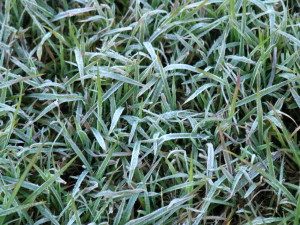
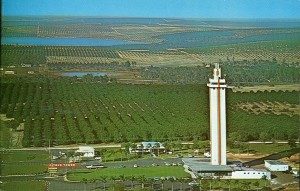
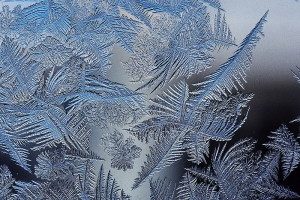
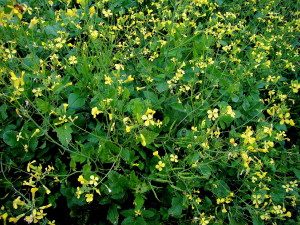
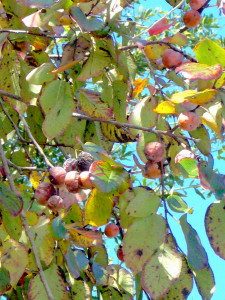
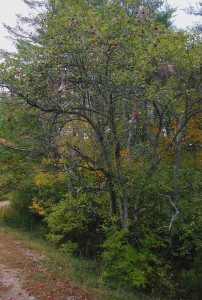
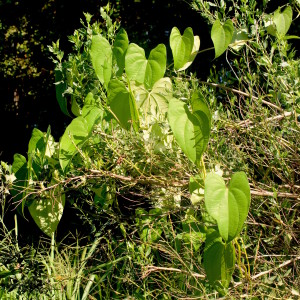


Thank you for all the work you do and the info you share.
Just curious, did anything develop on the property in Frost proof? barry
I wrote thrice and they never responded.
I fondly remember when I was a child, growing up in central Florida in the 50’s and 60’s, our family taking out of town visitors to the Citrus Tower. It was not only the only tourist attraction besides Gatorland in Kissimmee, but it was the tallest structure in the area for many years. The surrounding citrus groves provided great hunting and fishung opportunities with the irrigation ponds and canals and habitat for a lot of small game species. During the 60’s cutrus groves grew well north to Ocala but and as time went by with colder winters so the citrus groves continually moved south. As you look northeast from your Citrus Tower photo you can see Lake Apopka and on its north shore lay the Zellwood muck farms, which finally polluted the lake and surrounding area with fertilizer and pesticide runoff. Even in those early pre-Disney decades we would discover fish kills and cripled, dead and dwindeling wildlife in the area. Marjorie Kinnen Rawlings, author of the Yearling, Salt Creek and several other novels, lived near Gainesville. She grew citrus in her groves that far north in the 20’s and 30’s because she did not make a living from her writing in her lifetime and citrus was her source of income. Lake City some 60 miles firther north was a citrus packing area in early 1900’s. This gives you some idea of how about every decade or two for the past hundred years the winters have gotten colder further south. What’s next. Ice skating in Miami? The wild foraging of native plants has changed dramatically over this period of time as well. Not only because of colder winters, but also invasive species taking control. We must learn to adapt as wildlife and plants have learned to adapt.
This is very useful info. with respect to both normal and micro climates. I think no wise person having interest in rearing plants and their affairs could dispense with. As usual I’m pleased by looking at the images appropriate to the text – this time mostly about the window decoration when at young age; however, being mantise – phobic since I was a child, I gazed at its preying action on the blossom with rather shivering despite my love towards the latter. As children we used to enjoy playing with locusts which were also edible ( tasty when fried ) by some of us. On the contrary, the mantise was seen wild enough to be called “ Al Tuhhara “ which is the vernacular for The Circumsiser.
I have a number of different types of mushrooms on my property, but I am not sure of the varities. There is a little bright orange one that looks like an umbrella and it is gilled on the underside, it has a delicate stem. Do you have any idea what it is ? They are only 2-3 inches tall.
I have several mushroom identification pages on facebook, two are Florida Mushroom Identification Forum and Southeastern US Mushroom Identification.